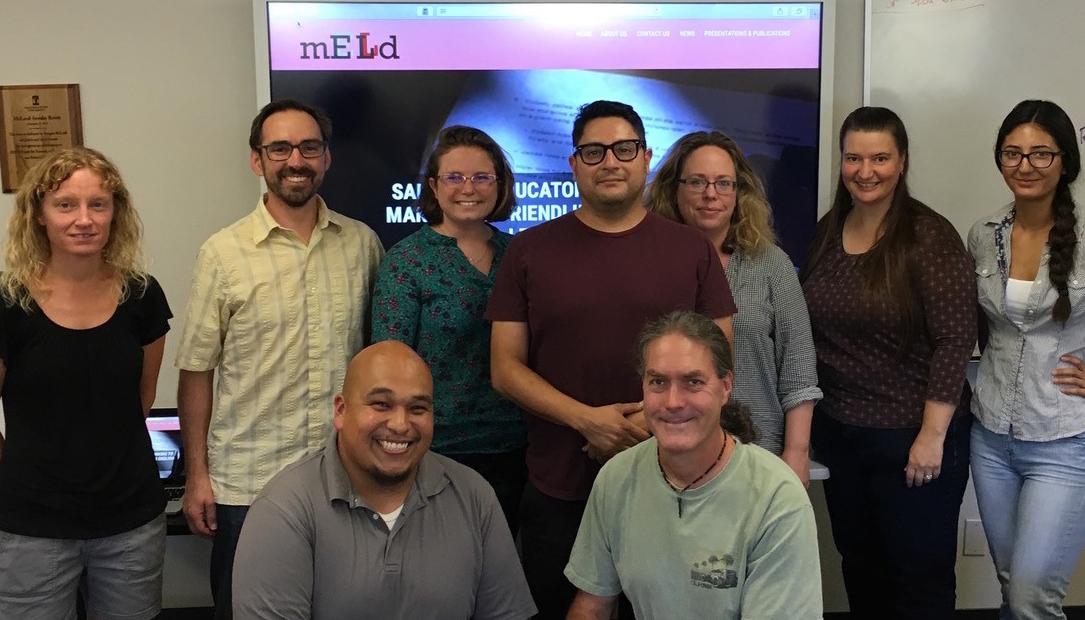We are studying how to create high school math classrooms where bilingual students who are classified as English learners (ELs) can participate in robust classroom discussions. Our redesign focuses on creating accessible and powerful curriculum materials, developing equitable instructional routines, and supporting student engagement in mathematical discourse practices.

This project supports ELs in STEM through making classroom discussions more accessible. We know from prior research that when students engage in classroom discussions, they can learn important mathematical concepts and develop a positive identity as a mathematics student. At the same time, we also know that many bilingual students who are classified as English learners, especially at the high school level, experience mathematics classes characterized by low-level mathematical and linguistic demands. Our goal is to transform this reality through a program of design research, done in collaboration with local teachers at a linguistically diverse school and student researchers from San Diego State University.
Our specific strategy is to research and develop design principles for high school classroom learning environments in which ELs participate in robust discussions. We started by observing mathematics classes during a "business as usual" phase and interviewing a linguistically diverse group of students about mathematics and about their experiences in school mathematics. We have taken what we learned from those observations and we are working with teachers to redesign the classroom learning environment to ensure all students can participate in classroom discussions. Three specific foci of our work are: 1) maintaining a consistent conceptual focus across the units we design, 2) integrating mathematical and language-related goals in each lesson, and 3) incorporating language supports in each lesson to make discussions available and fruitful for all students.